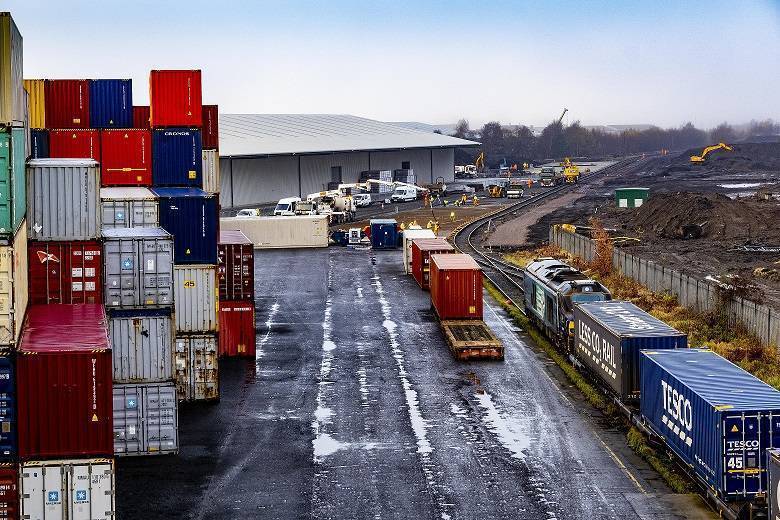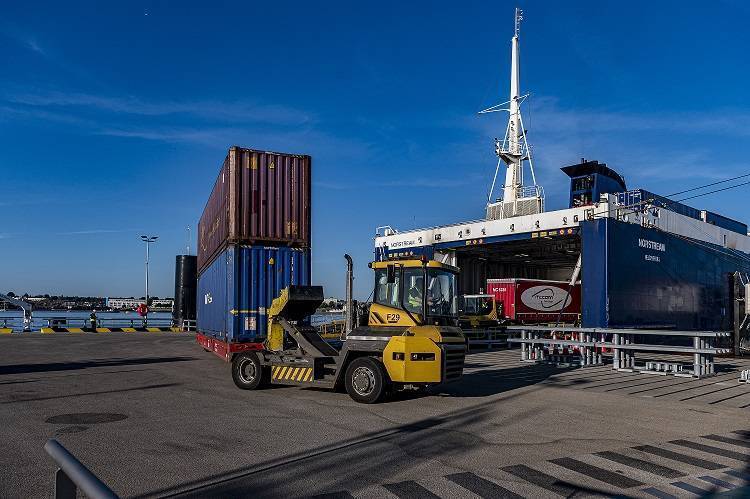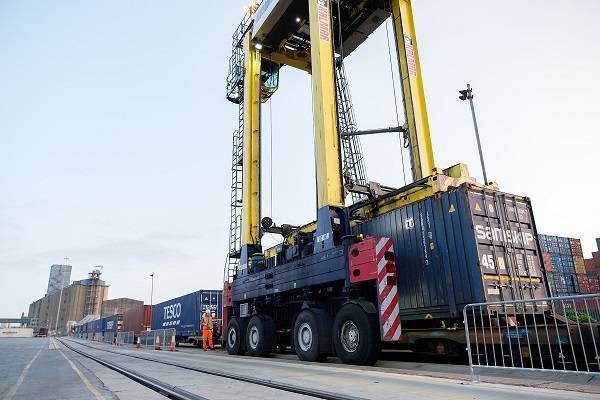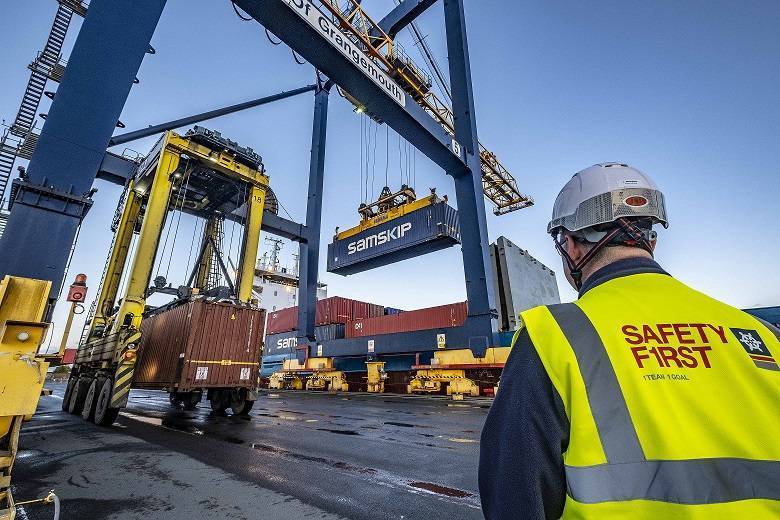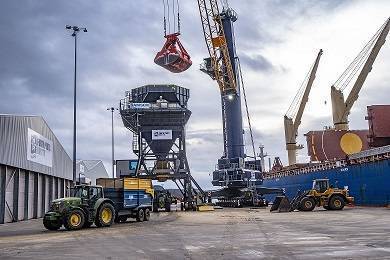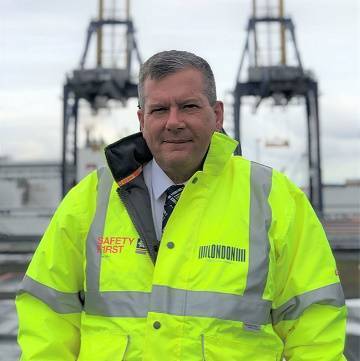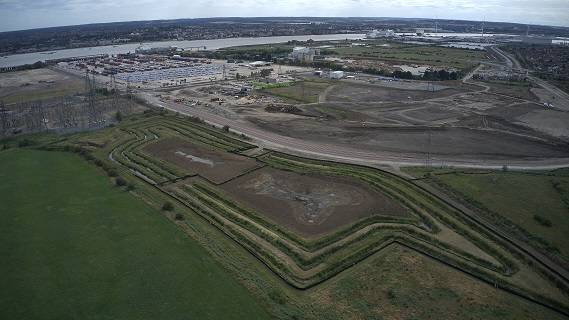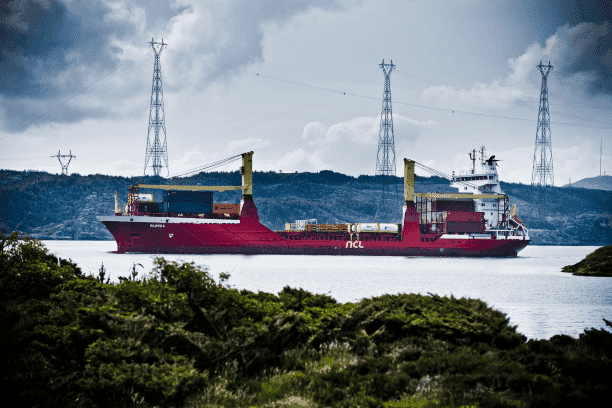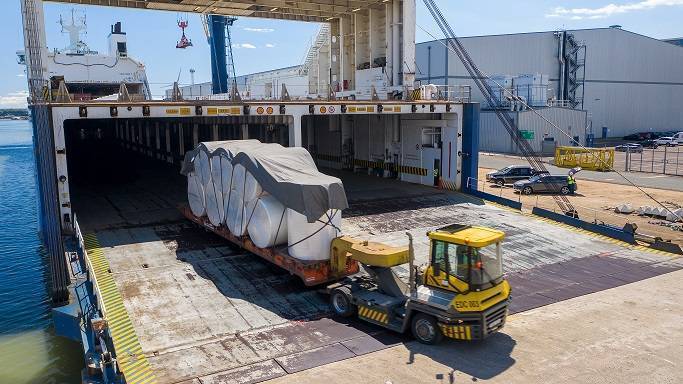Grangemouth Invests £3million in Rail Facility at Scotland's Largest Freight Hub
Thursday 10th December 2020
The Port of Grangemouth today (10 December) announces a multimillion-pound investment in its rail freight offering which will cement its position as the key strategic freight and export/import hub for Scotland.
The £3 million investment will significantly scale up and modernise the port’s current rail capacity to create an extended dual rail siding of 775 metres – currently 200 metres – capable of handling the longest freight trains on the UK network. When operational early next year, Grangemouth’s will be the first rail freight terminal to offer this and provide enhanced container / domestic intermodal options particularly for customers in the food, drink and perishables sectors across the Scottish freight community.
The investment in rail comes at an important time for the freight market as businesses are seeking flexible, resilient, and greener supply chain solutions. Grangemouth has the unrivalled position of being truly interconnected for sea to rail and rail to sea, with the added flexibility of direct road access into Central Scotland and beyond. With regular container ship calls into the port each week from mainland Europe and the South East of England, this increased rail capacity will help to take trucks off the UK’s congested roads and to lower customers’ carbon footprint.
The port also has on-site distribution warehouses with cross docking possibilities and is within a few miles of the main supermarket distribution centres within Central Scotland. Grangemouth’s key strategic location in Scotland allows customers to take advantage of the excellent road, rail and shipping network that the port offers.
Commenting on the investment, Derek Knox, Senior Port Manager at The Port of Grangemouth said: “Over the past five years, we have invested over £30 million in the Port of Grangemouth to offer our customers first class service and connectivity for their businesses. We now look to extend this further and the investment in our rail terminal is part of our strategy to provide more resilient, cost effective, greener and efficient options for rail freight transportation to our existing and future customers.
“The unique advantage of the Grangemouth rail freight terminal is that it is directly linked to Scotland’s largest container port. This enables customers to easily connect to established short and deep-sea shipping connections to European and international markets. Additionally, excellent road connectivity to the Port and our central location provides an attractive opportunity for domestic freight flows within the UK.
“As the UK prepares to leave the EU Single Market and the Customs Union, the freight sector is looking at ways to maintain an efficient free flowing supply chain. With the new rail offering combined with our established port operations and streamlined customs processes, the freight hub we are creating provides a unique solution. We have recently appointed a rail freight expert, Ian Wilson, to support our rail growth strategy and, coupled with our established rail links with our sister port in Tilbury, we are confident that rail customers will benefit significantly from both freight hubs.”
Existing services link Grangemouth and its sister port in Tilbury on the Thames with a connection through Daventry. Construction of the new rail extension starts this month and is expected to welcome its first train in January 2021 building on current rail volumes at the port.
10 December 2020 -Ends-

